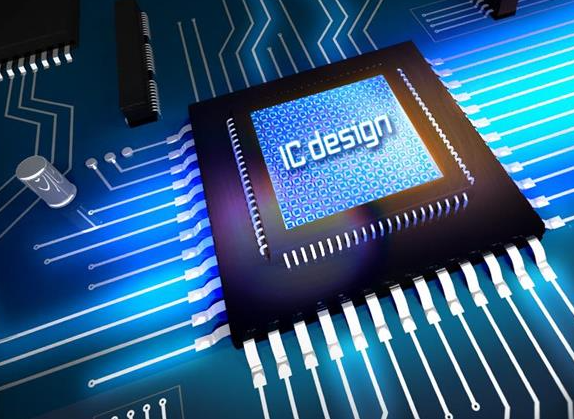TSMC has repeatedly complained that building fabs outside of Taiwan is much more expensive than building fabs at home. As it turns out, the foundry is preparing to pass those extra costs on to customers — meaning U.S. customers will have to pay 30 percent more for U.S.-made chips than Taiwan-made chips, according to DigiTimes story.
TSMC has started negotiating with customers on orders and pricing for two overseas factories, and mass production is expected to begin by the end of 2024. Industry insiders believe that the price of chips produced by TSMC’s N4 and N5 process technologies in the United States will increase by 20% to 30%, which is much higher than that in Taiwan, while the old process chips produced by the Japanese factory on the N28/N22 and N16/N12 nodes may be cheaper than Comparable chips made in Taiwan are 10% – 15% higher.
While U.S. chip designers certainly won’t appreciate the higher cost of U.S. chip production, they’re likely to make chips for government and less price-sensitive applications in Arizona. Therefore, they should be able to pass these additional costs on to their customers without jeopardizing their competitive position.
Given the high costs of building and operating fabs in Japan and the U.S., TSMC will pass these additional costs on to customers in order to maintain its 53% gross margin target. Negotiations between TSMC and Japanese customers have gone smoothly, mainly due to the local government’s strong financial support for the Kumamoto factory. But many U.S. customers continue to negotiate prices with TSMC. In fact, some of them are considering transferring some orders to Samsung foundries to control costs more flexibly.
For example, AMD and Qualcomm are said to be considering Samsung foundry, while Nvidia may turn to Intel foundry services to make chips with one of its full-ring transistor-based technologies, such as Intel’s 18A and 20A. Despite these rumours, TSMC is sticking to its principle of increasing foundry quotes rather than lowering them because of high manufacturing costs. Additionally, it will be a problem for AMD, Qualcomm, and Nvidia to adopt a dual-source strategy and manufacture similar chips at TSMC and Samsung foundries or at Intel as chip designs become more expensive. So even if competitors get some orders from their loyal customers, TSMC’s fabs will be fully utilized.
Meanwhile, TSMC reportedly maintains a 20% to 30% discount to its largest customer, Apple, which contributes 25% of its revenue. This is due to their close collaboration in advancing process migration and technological breakthroughs, as Apple is often the first to adopt TSMC’s leading-edge nodes and is willing to pay extra and take extra risk.
Since this information comes from unofficial sources, it should be taken with a grain of salt. Additionally, actual production terms are confidential, depend on multiple factors, and vary from customer to customer, so it is nearly impossible to speculate on possible production shifts by TSMC due to cost.
Post time: May-10-2023

